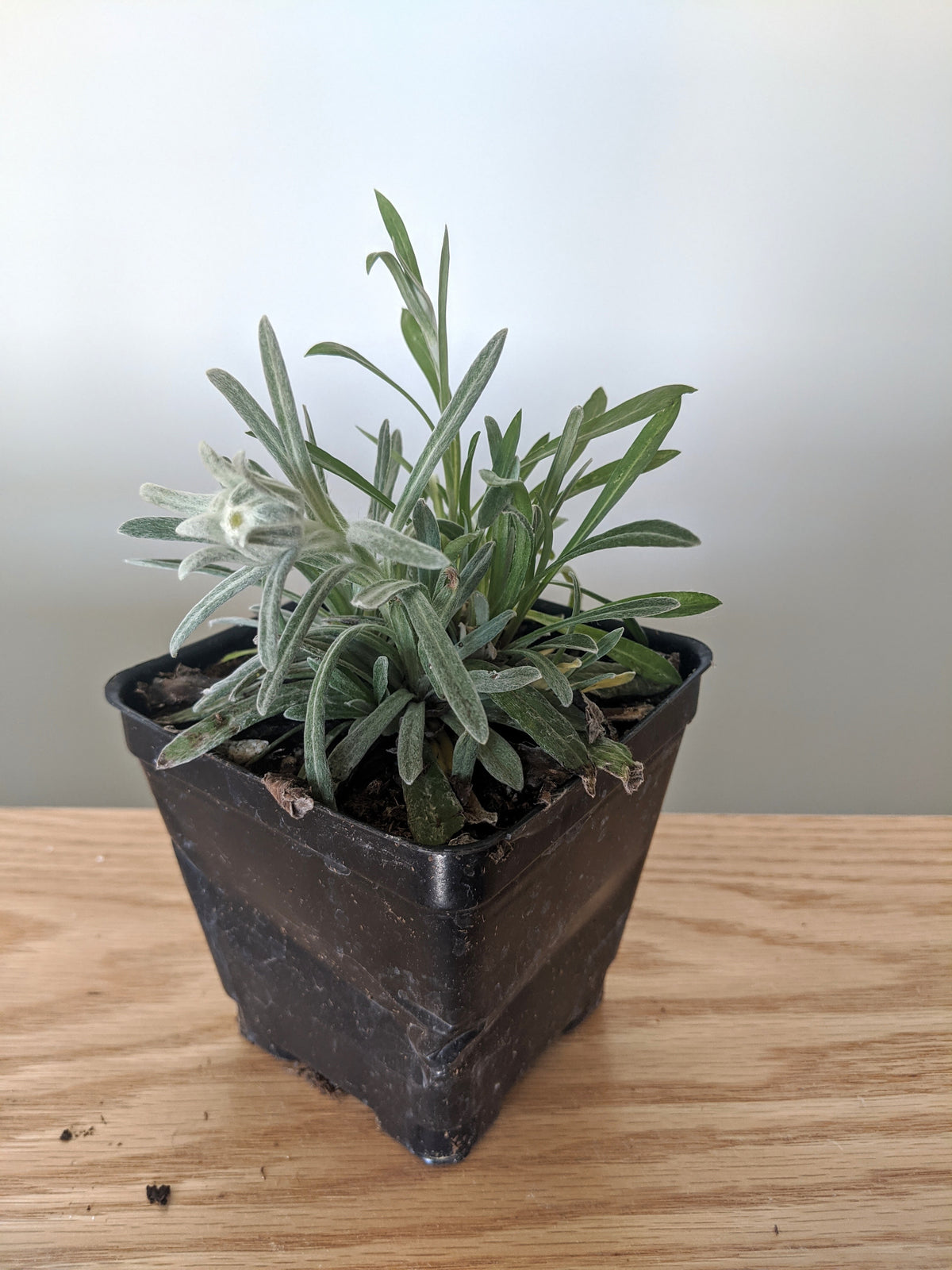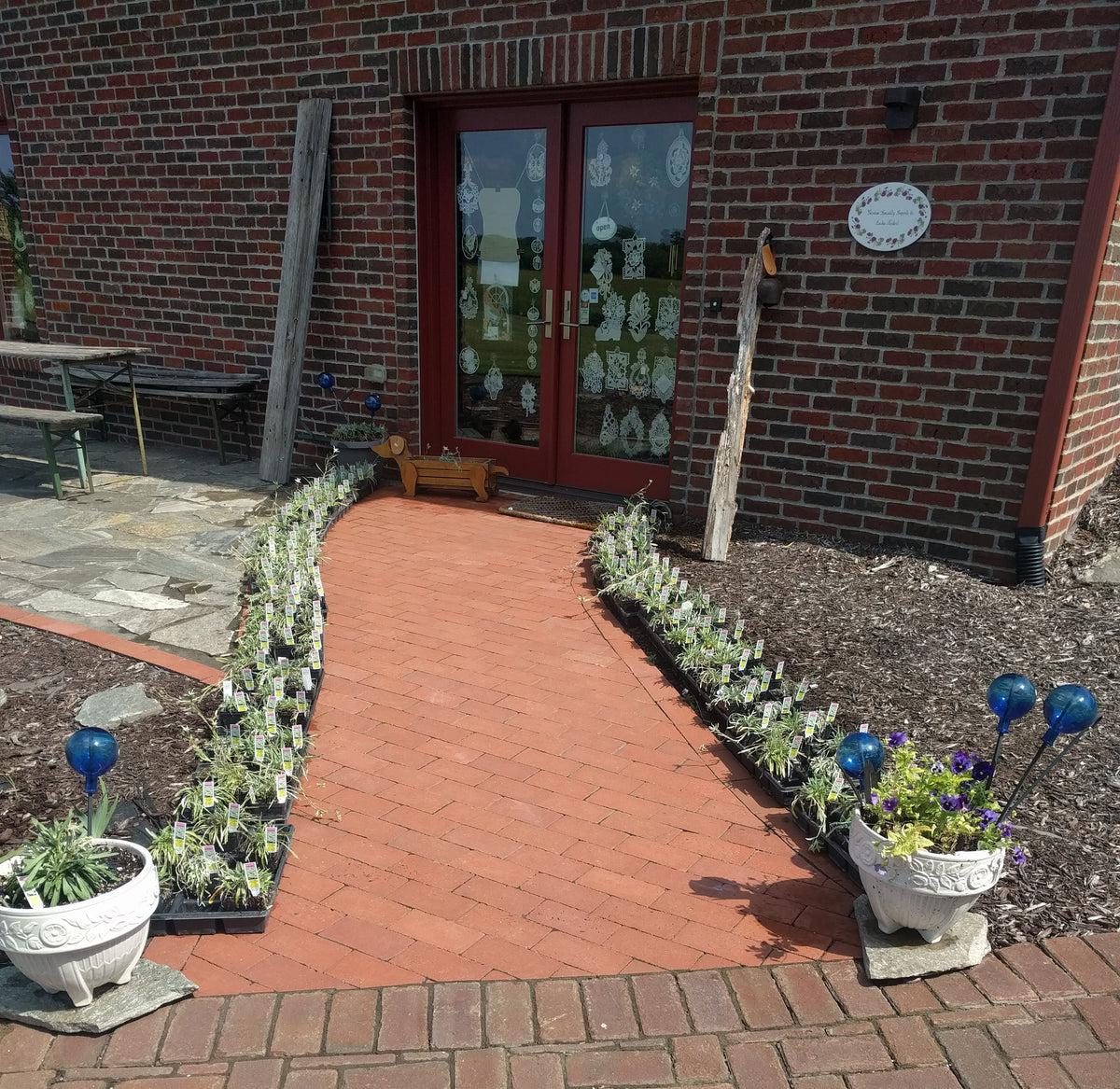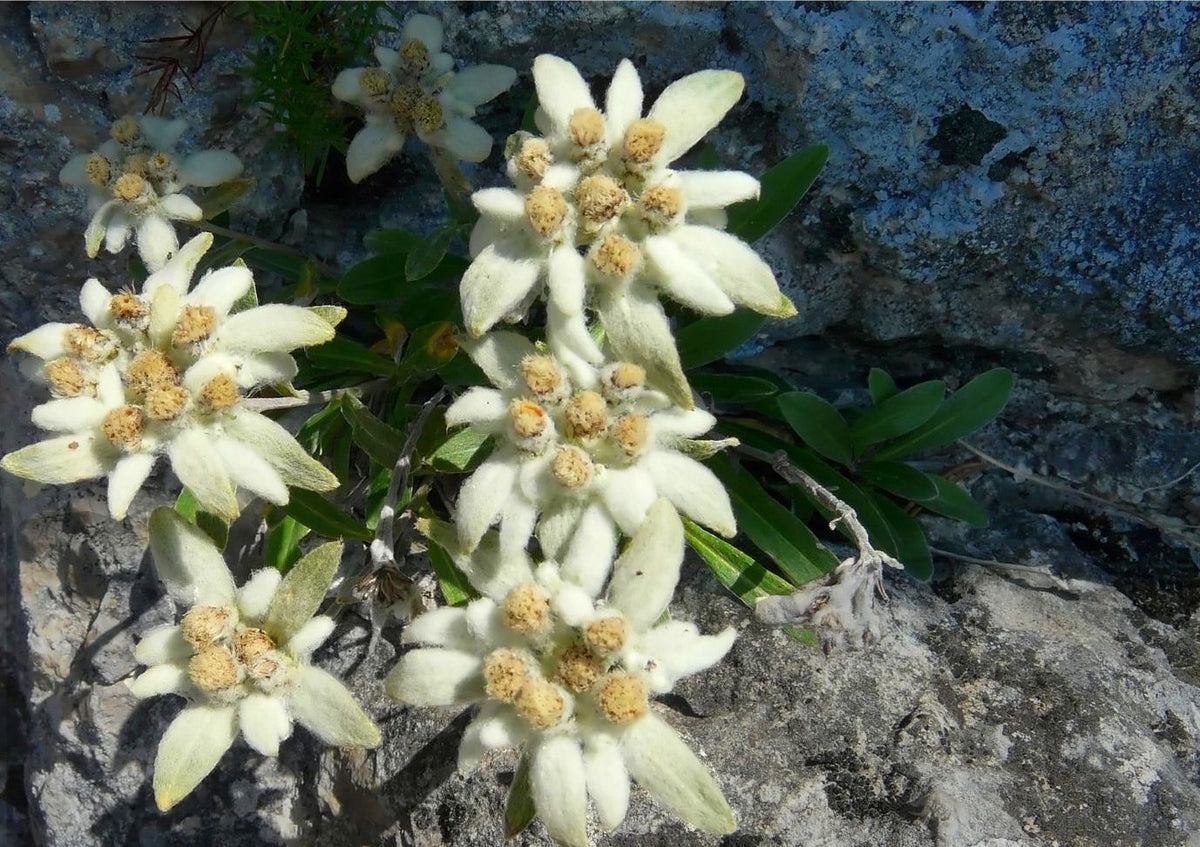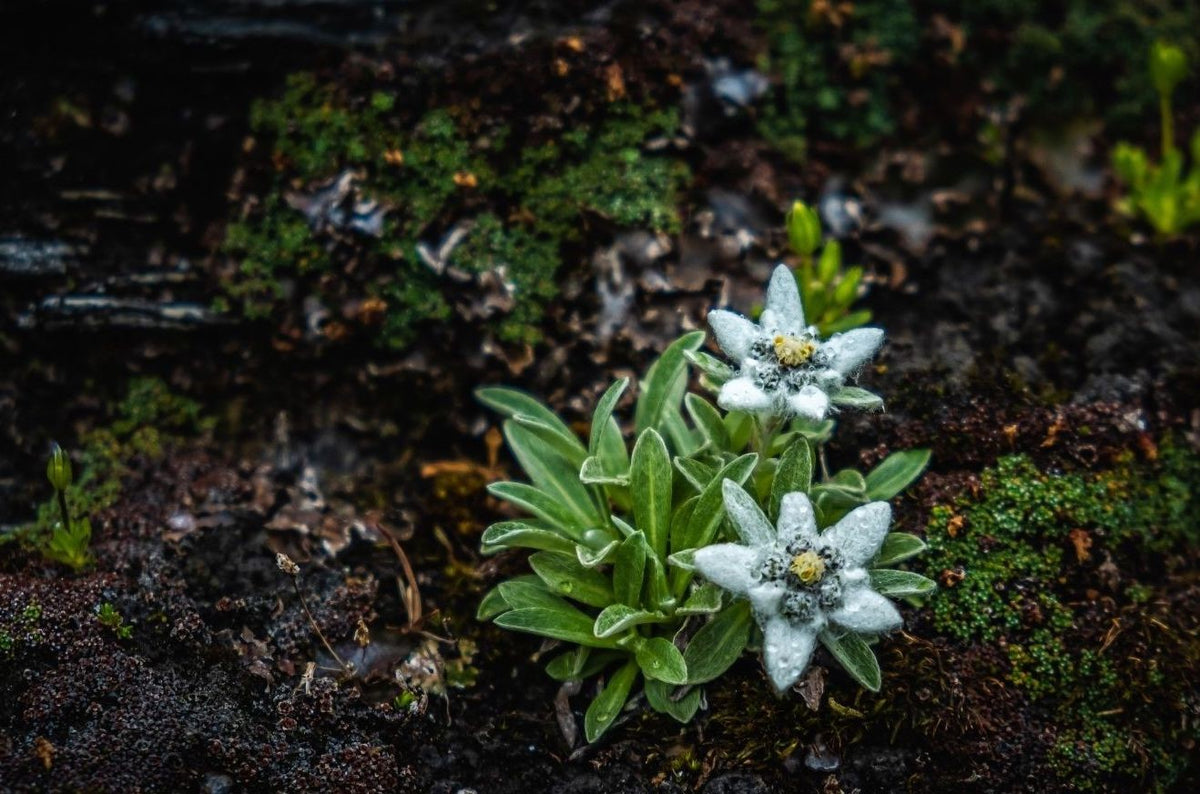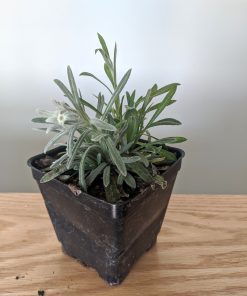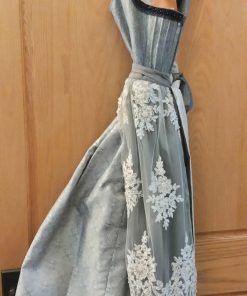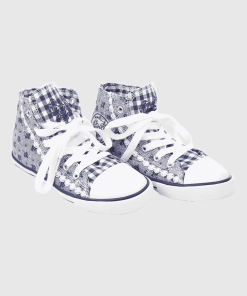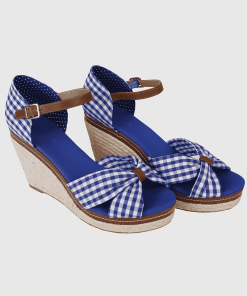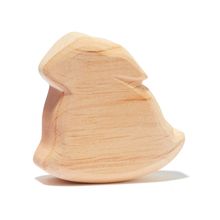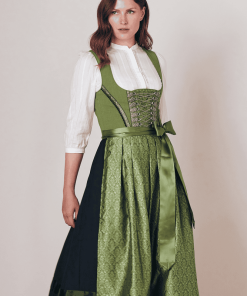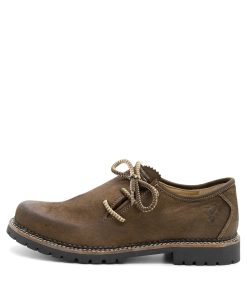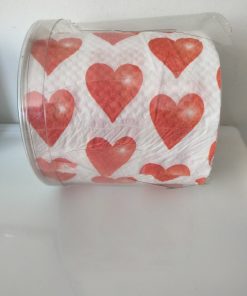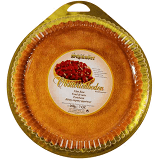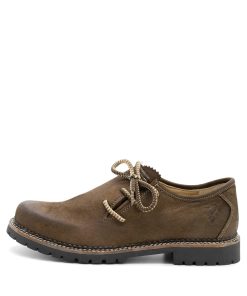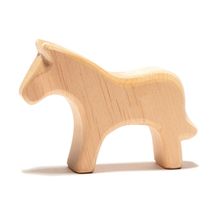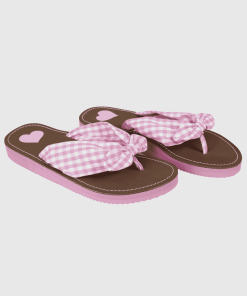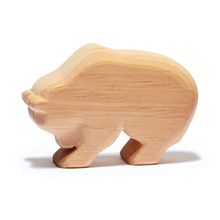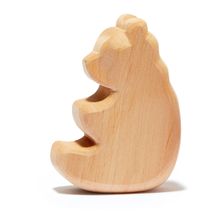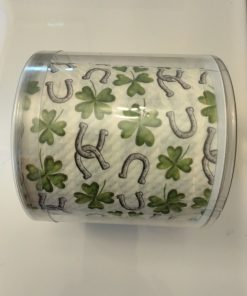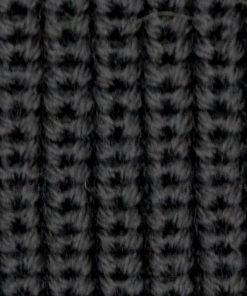Edelweiss flower plant ” Leontopodium”( No guarantee for shipping) available from May – September German Specialty Imports llc
$ 7,95 $ 4,77
Live Edelweiss flower plant, 3.5″ pot, perennial, grows in the US in mostly sunny areas or partly shade, depending on the region
More Information
Leontopodium Alpinum, commonly known as Edelweiss, is a herbaceous perennial native to the mountains of Europe. It is the traditional symbol of the Alps and unofficial national flower of Switzerland. The plant prefers rocky limestone places at about 1800–3000 m altitude, raised beds or alpine house and can adapt to climatic extremes. Edelweiss is cold hardy (at least -29 degrees Celsius).
Edelweiss (Leontopodium alpinum) is a perennial flower and herb native to the Alps. Germany, Switzerland, and France observe it as a protected flower. Its iconic white wooly blossoms with yellow flowers centers are accompanied by felt textured leaves that are silvery-green in color.
The top of the plant will die in the winter when the crown below will stay alive to sprout in the spring. Edelweiss has a matt, grey-green foliage and white “Starfish shaped” felted bracts which can be up to 10cm (4in) across. The real flowers are tiny and pale yellow, tucked away in the centre of the shaggy daisy-like heads. They flower from the end of July to mid-August, during optimal weather conditions. The plant is drought-tolerant once established.
Leontopodium alpinum is generally short lived; 2-7 years.
Self seeding from the flowers will extend the life of the plant
Collection is now regulated or banned in many European countries due to its decline from its collection in the past. Grow in well-drained soil. The soil should be neutral to alkaline. Grow in a sheltered position in full sun.
Hardiness zone 4-7
Common in much European folklore, its medicinal properties are still being researched. Some cultures believe it contains anti-cancer properties, and the plants known biological activities are shared with other medicinal herbs such as Echinacea and Mugwort. Their shared flavonoid chemistry has effective uses for inflammation and gastrointestinal pain.
Professional packing and fast shipping
Because of our long-standing partnership with UPS, FedEx, DHL as well as a range of other world-class carriers, we can provide various shipping options. Our warehouse personnel are expertly trained and will wrap your items according to our exact and precise specifications. Before shipment, all items are thoroughly inspected and safely secured. We ship to thousands of customers every day across multiple countries. This shows our commitment to becoming the biggest retailer online in the world. Warehouses and distribution centers can be found in Europe as well as the USA.
Note: Orders containing multiple items will have a separate processing period for each item.
We will carefully examine all items ordered before shipping. The majority of orders are delivered within 48 hrs. The delivery estimate is between 3 and 7 days.
Returns
The inventory is constantly changing and we cannot control it completely due to the fact that multiple parties are involved, which includes our factory and warehouse. The actual inventory can change at any moment. Please be aware that it's possible that your order will be out of stock after you have placed the order.
The period of time is 30 days. If the 30 days have elapsed since you purchased your item, we will not be able to offer you a return or exchange.
The item should not be in use and must be in the original packaging. The item must be in its original packaging.
Related products
Uncategorized
Uncategorized
02GE25A Schluender Tortenboden Obstboden Flan base Sponge Cake Layer German Specialty Imports llc
Uncategorized
Uncategorized
004113-0-0033 Krueger Women Flip Flopps in different checkered colors German Specialty Imports llc
Uncategorized
01GE20A Original German Asendorfer Sour Cream Premium Butter unsalted German Specialty Imports llc
Uncategorized
00550 Ostheimer Natural Wood Rocking Bear Available for preorder only German Specialty Imports llc
